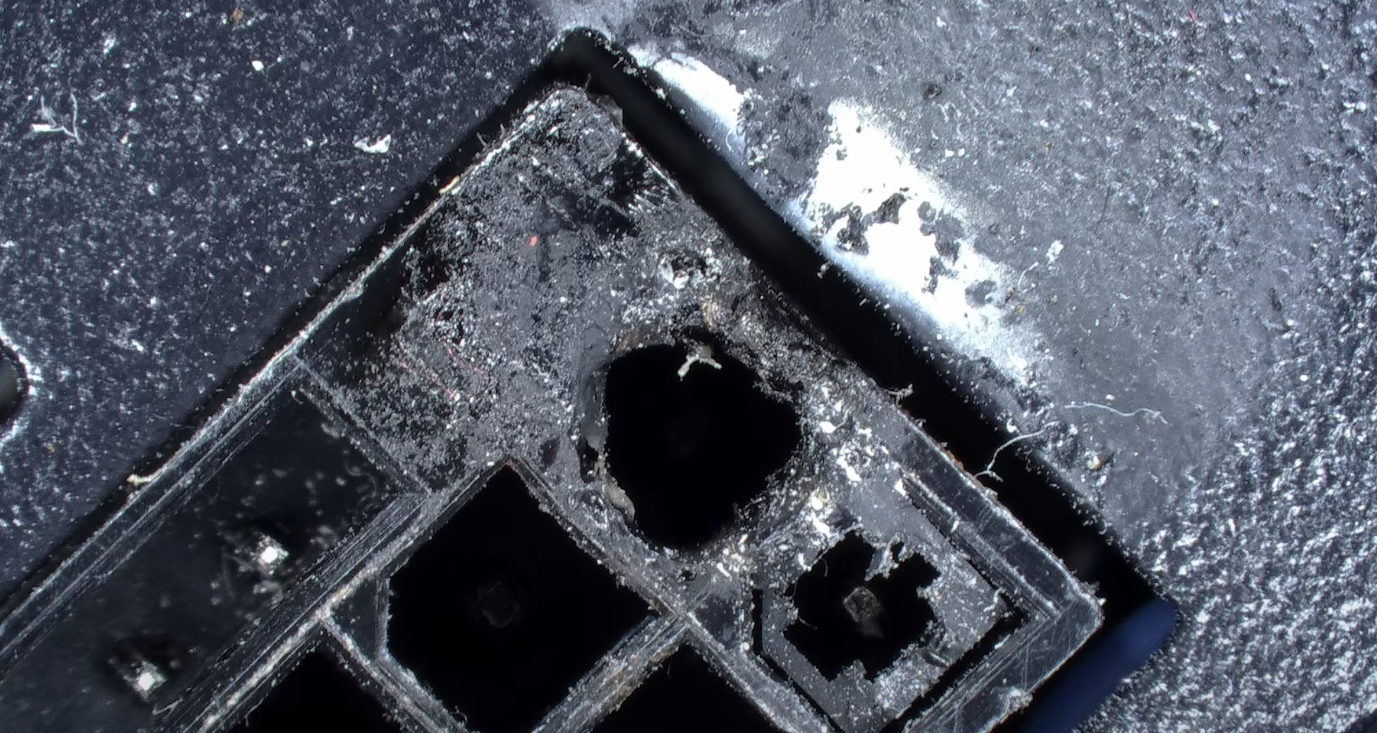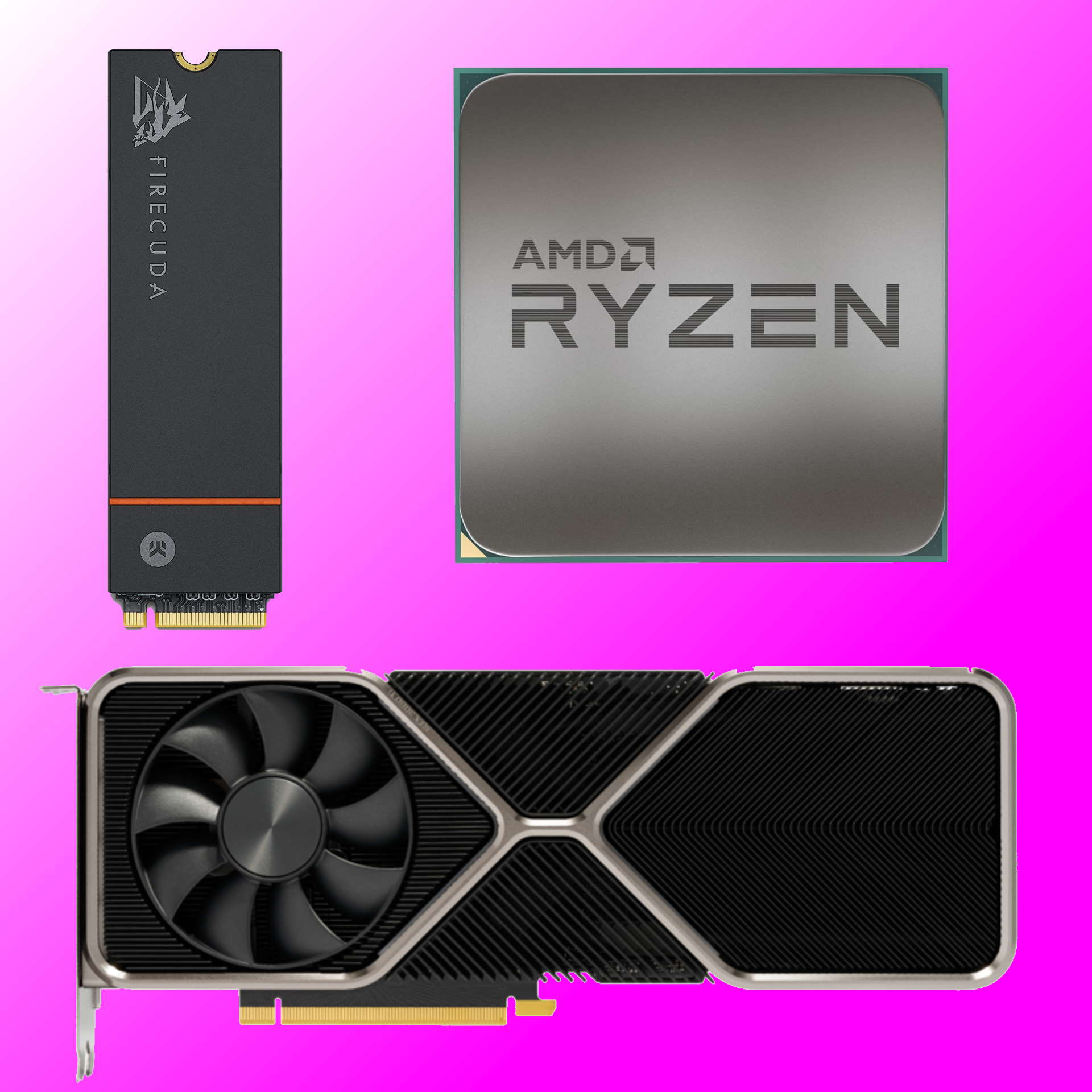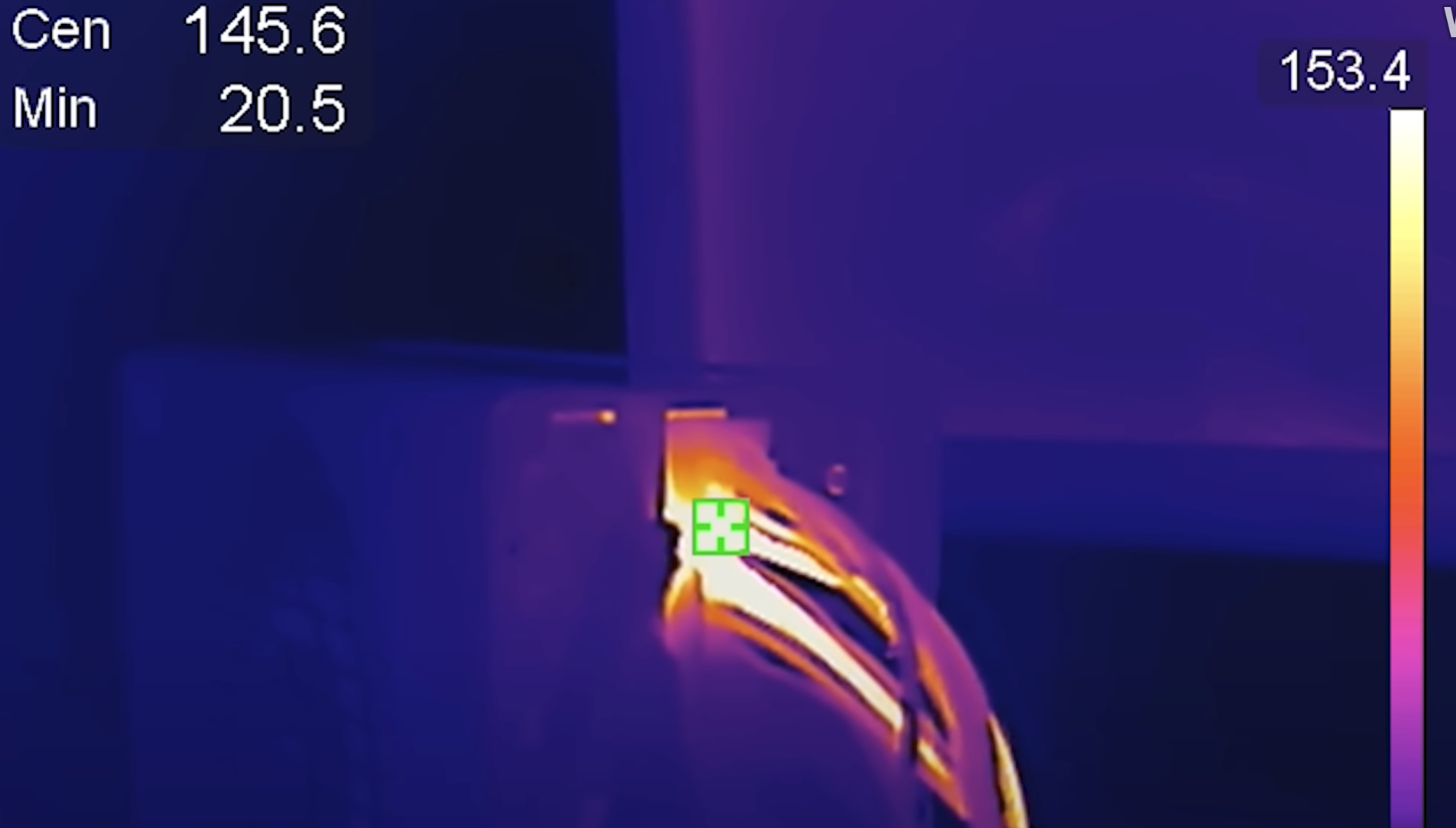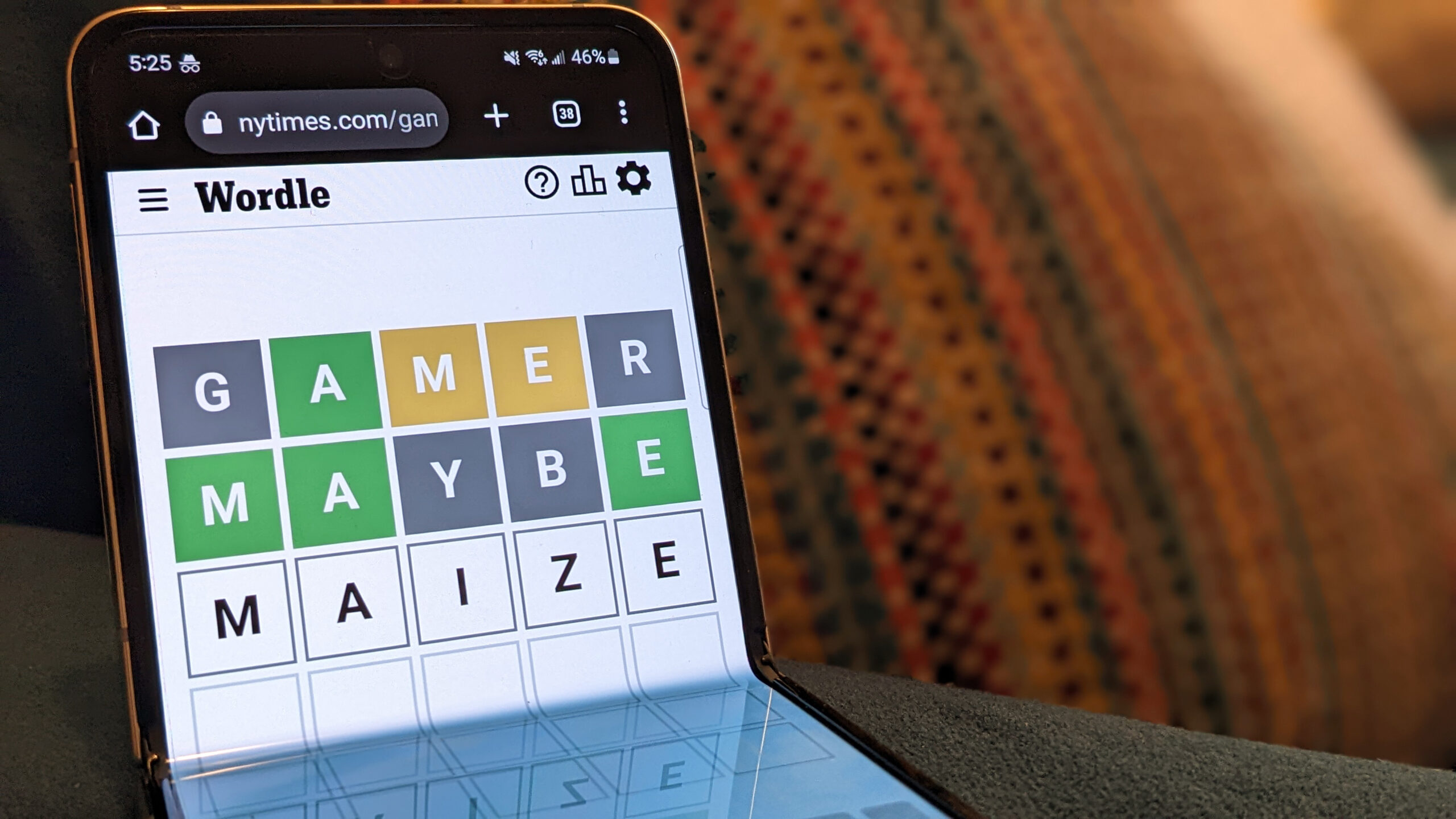Last week I mentioned problems with black screening Nvidia RTX 5080s and 5090s. Now comes much more worrying news of power connector and cable melting problems with the RTX 5090. And not just any RTX 5090, but seemingly a specific and potentially serious problem with Nvidia’s own RTX 5090 Founder Edition’s board design.
The investigation comes from YouTube channel der8auer, which specialises in detailed technical analysis. Following the emergence of images of a damaged RTX 5090 on Reddit, the card in question along with the power cable used and the PSU, eventually landed with der8auer.
He says the owner who suffered the failure is an experienced enthusiast who was fully aware that the power cable for such a high-end GPU needs to be carefully seated. On inspection, der8auer found all three of the card, the 12VHPWR cable, and the PSU were damaged.
The GPU’s power socket had a single pin showing damage and evidence of melting, whereas that same pin was much worse on the PSU side power socket and was accompanied by slight melting to several further pins.
The cable itself was damaged on both ends, but also showed signs of partial melting of its sleeving across its length. So, the question is, what is going on here? User error? A poor quality power cable? Something to do with the Asus Loki 1000 W PSU being used?
der8auer thinks none of the above. Using his own RTX 5090 FE, he loaded the GPU up with Furmark and found some worrying results using his own, higher spec 12V-2×6 cable, which had been in service for six months, and a 1600 W Corsair PSU.
It’s worth noting that cables for the closely related 12V-2×6 and 12VHPWR GPU power sockets are supposedly identical. It’s only the pin length in the sockets themselves that varies between the two socket types, though some have slightly thicker cables to mitigate some of the thermals.
However, the product page for the cable in question clearly warns that it’s not recommended for the latest 50-series cards and recommends its newer 12V-2×6 cable with the thicker wiring. The catch, as we’ll see, is that the problem applies to at least some extent with later 12V-2×6-spec cables.
The newer 12V-2×6 socket was introduced with shorter connection detection pins in order to ensure that power was only supplied when the connector was fully bedded in the socket and thus address problems with partially attached 12VHPWR connectors on RTX 4090 boards infamously causing melted sockets.

Anyway, with his RTX 5090 FE fully loaded, der8auer found two of the 12 wires in his power cable were showing up as much hotter than the others on his thermal camera, with one very hot indeed.
Turning the camera to the power sockets, he found that after just four minutes the GPU’s power socket had hit 90 °C, but the PSU side socket was over 140 °C.
der8auer then measured the current going down the individual wires in the power cable and found some very worrying results. The 12V-2×6 cable has 12 wires and hence 12 pins in each connector. Six of those wires / pins are 12V live and six are ground.
Their testing shows some very worrying variance across the wires. Two of the six live wires were carrying very little current, one showed about two amps, another around five amps, one up at 11 amps and the last one hitting 22 amps.
So, that last wire is carrying over 250 W of power and roughly half of the total load. That’s obviously not as intended. The connectors and cables are meant to have about six to eight amps each, with the total across all six not exceeding 55 amps.
According to der8auer, some AIB RTX 5090 designs include per-pin power sensing, which would presumably stop this kind of power imbalance from happening. But, surprisingly, Nvidia’s own FE design apparently does not. Instead, it essentially amalgamates all six live pins into a single power source as soon as it arrives on the GPU’s PCB.
These connectors are certified for 660 W and Nvidia rates the RTX 5090 at 575 W, so there is sufficient headroom available in theory. But not if most of that power is being pushed down a single wire instead of balanced across all six.
der8auer thinks the 15% headroom involved probably isn’t enough and that Nvidia ought to have used two 12V-2×6 sockets. In that scenario, even with an uneven load, the cable and connectors would likely run safely. “For this kind of power draw, one connector is simply not enough,” he concludes.
He also emphasises that user error absolutely can’t be to blame, especially in his own testing. Exactly how this develops and how Nvidia responds remains to be seen. We’ve reached out to Nvidia ourselves and are waiting to hear back.
For now, the wise advice seems to be to hold fire on that RTX 5090 FE buy or maybe look out for an AIB board with per-pin power sensing on the spec list. And if you already have an FE card, take great care with how heavily you load it, keeping an eye on both ends of the cable and indeed the cable itself. Our Dave has been running the Founders Edition in his wooden cabin, and is very much now rethinking that setup.
Of course, that’s really not something you ought to have to do with a brand new $2,000 premium graphics card. So, here’s hoping it gets resolved very soon indeed.

Best CPU for gaming: Top chips from Intel and AMD.
Best gaming motherboard: The right boards.
Best graphics card: Your perfect pixel-pusher awaits.
Best SSD for gaming: Get into the game first.











